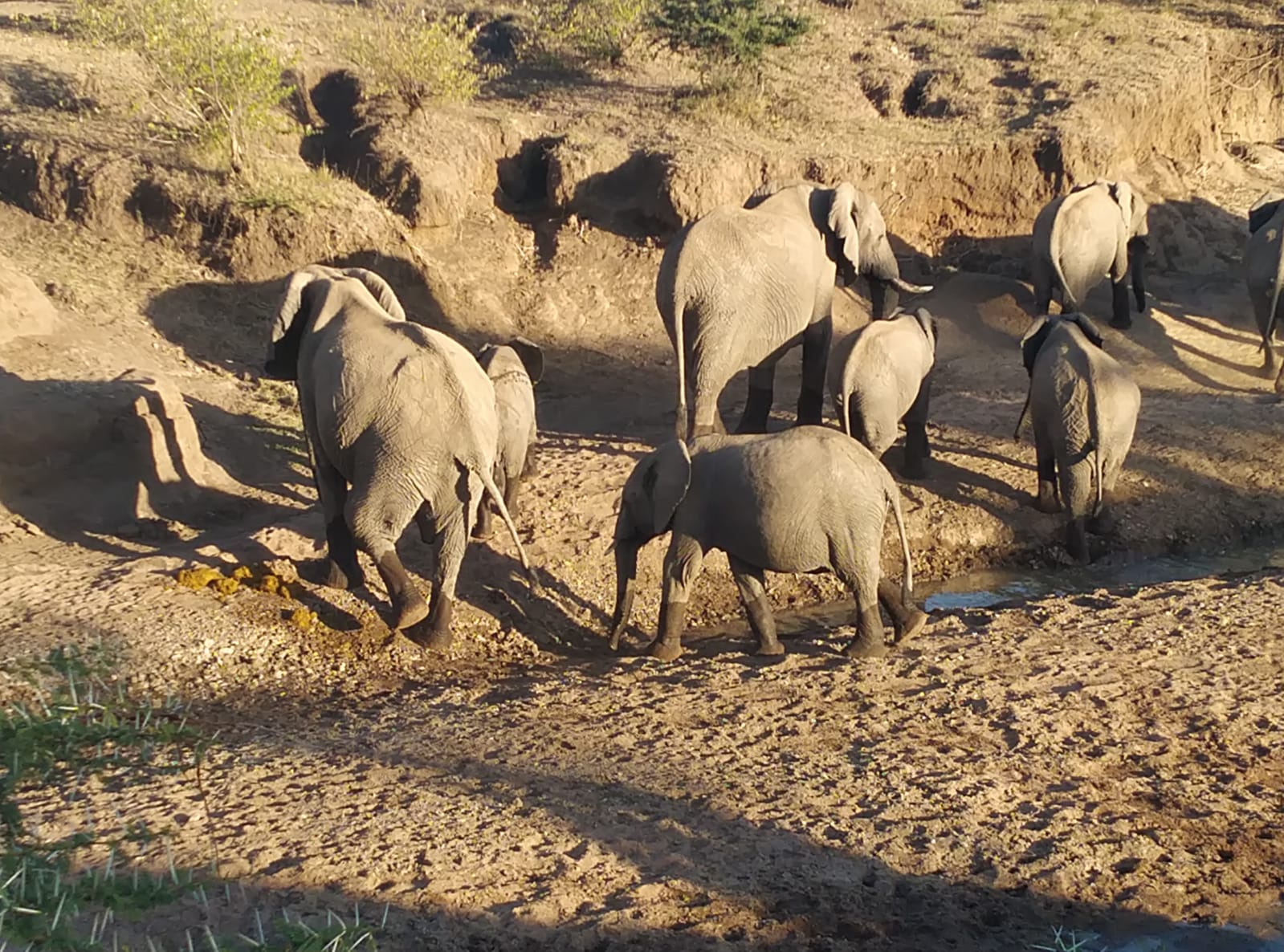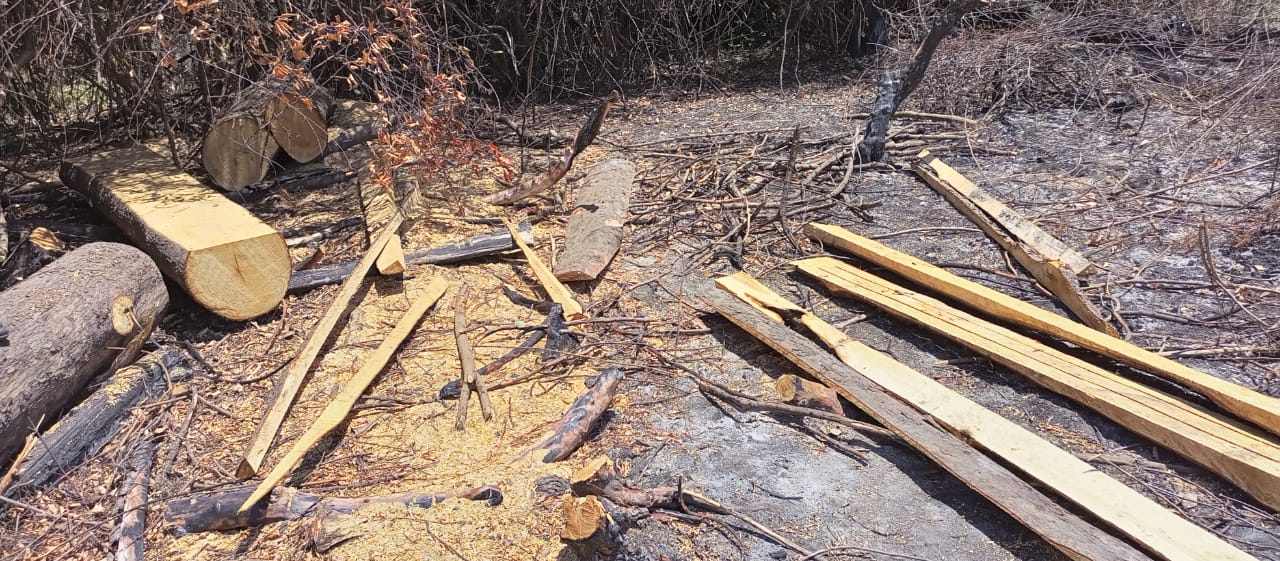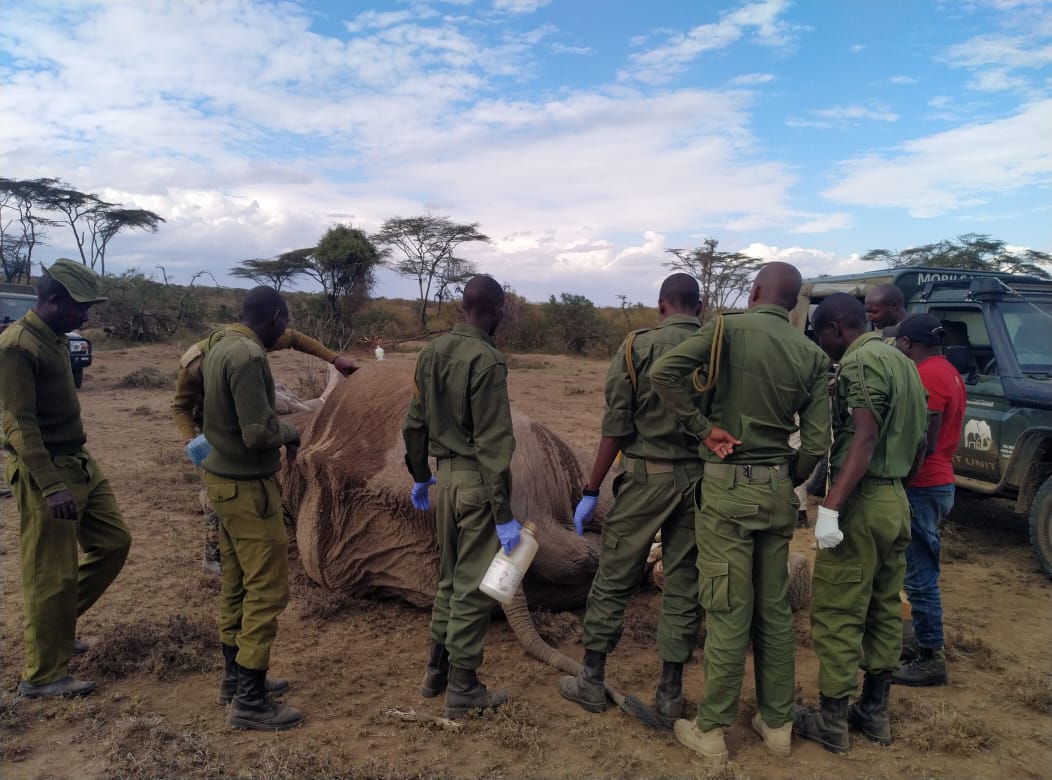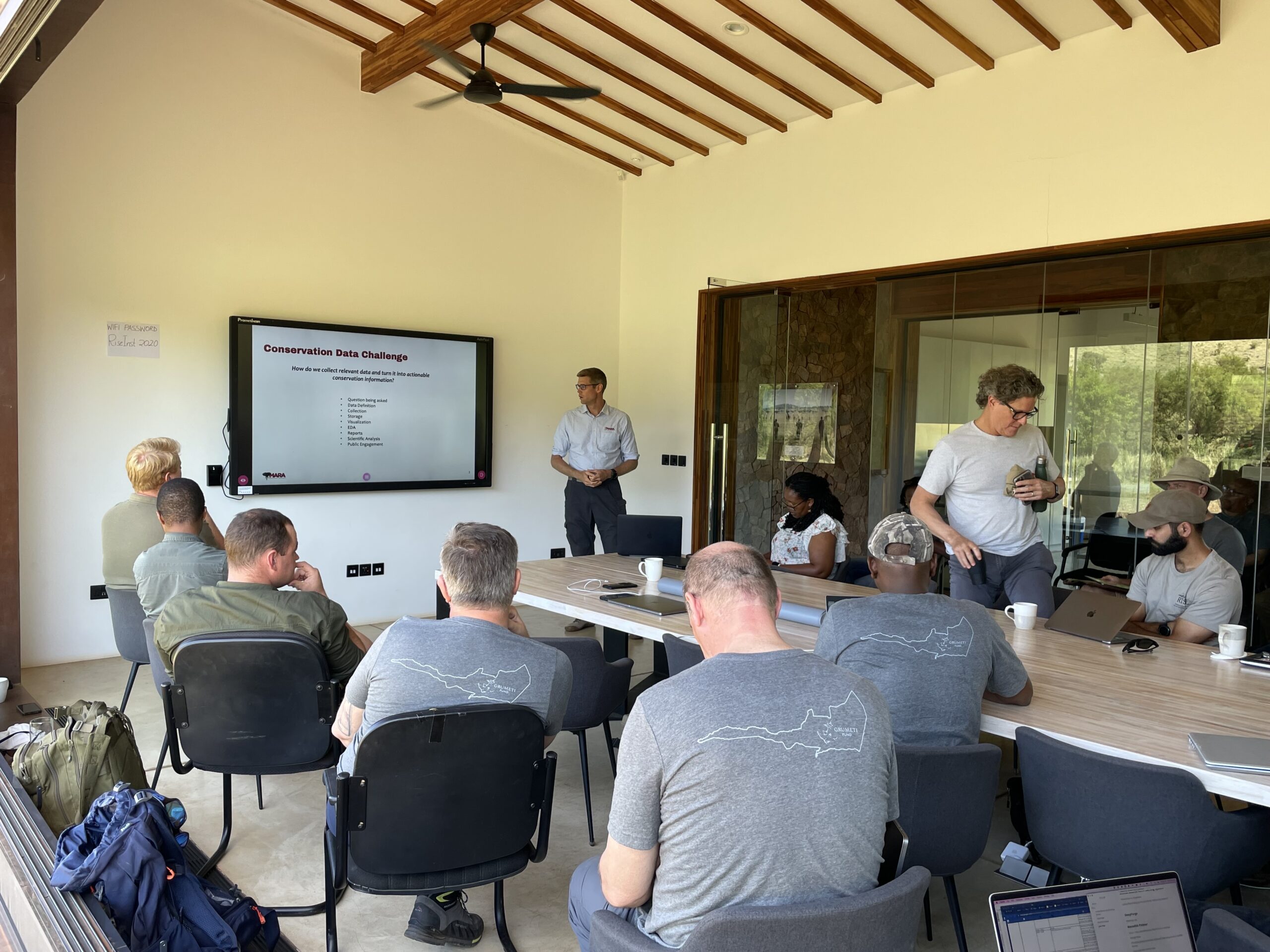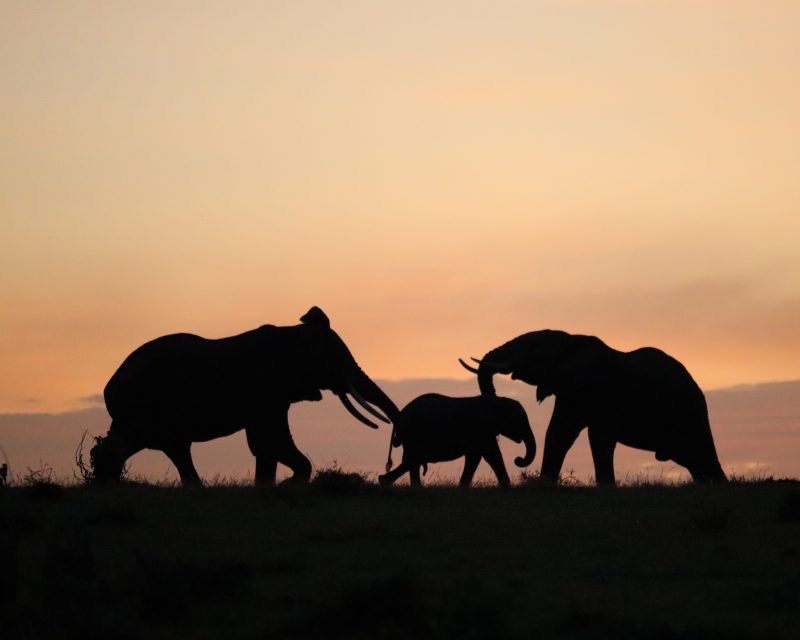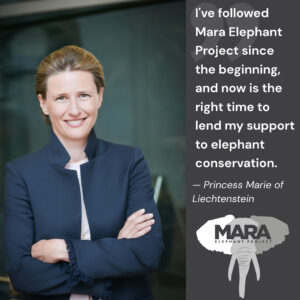 Mara Elephant Project started the month with a big announcement on World Habitat Day, H.S.H. Princess Marie of Liechtenstein was announced as MEP’s first Global Patron. In her role as Global Patron, Princess Marie will focus on expanding MEP’s brand and influence internationally to bolster our impact. MEP is thrilled to add Marie’s passion and talents to the organization. Marie will join other notable women at MEP including Chairwoman Beatrice Karanja. “Everyone at MEP is exceptionally honored that Princess Marie will be joining us as our esteemed Patron. Marie’s wealth of experience in business and philanthropy will be invaluable to our aspirations and goals in protecting Mara’s elephants, greater ecosystems and more importantly in creating sustainable human-wildlife co-existence models. Her passion for Kenya, the people and our wildlife runs deep and we couldn’t think of a better ambassador for MEP,” said Beatrice.
Mara Elephant Project started the month with a big announcement on World Habitat Day, H.S.H. Princess Marie of Liechtenstein was announced as MEP’s first Global Patron. In her role as Global Patron, Princess Marie will focus on expanding MEP’s brand and influence internationally to bolster our impact. MEP is thrilled to add Marie’s passion and talents to the organization. Marie will join other notable women at MEP including Chairwoman Beatrice Karanja. “Everyone at MEP is exceptionally honored that Princess Marie will be joining us as our esteemed Patron. Marie’s wealth of experience in business and philanthropy will be invaluable to our aspirations and goals in protecting Mara’s elephants, greater ecosystems and more importantly in creating sustainable human-wildlife co-existence models. Her passion for Kenya, the people and our wildlife runs deep and we couldn’t think of a better ambassador for MEP,” said Beatrice.
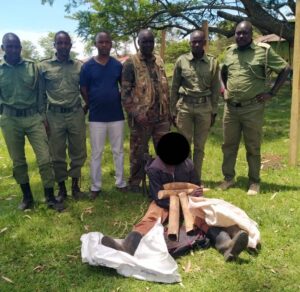 MEP rangers with support from government partners were successful in October in combatting illegal activities in the Mara. On October 4, Kenya Wildlife Service (KWS) arrested two suspects in possession of 26 kg (57 lbs.) of elephant ivory based on MEP intelligence. The two suspects were transporting 13 pieces of tusks in the trunk of their car and were arrested near the Tanzania border. Later in the month, on October 26, KWS arrested one suspect with four pieces of ivory weighing 10.5 kg based on MEP intelligence. The joint operation also included the MEP “Golf” ranger team stationed nearby protecting the Nyakweri Forest. The ivory appeared to be old and was recently unearthed with the intention to sell. Overall, four suspects were arrested and 61 kg of ivory seized by KWS based on MEP intel.
MEP rangers with support from government partners were successful in October in combatting illegal activities in the Mara. On October 4, Kenya Wildlife Service (KWS) arrested two suspects in possession of 26 kg (57 lbs.) of elephant ivory based on MEP intelligence. The two suspects were transporting 13 pieces of tusks in the trunk of their car and were arrested near the Tanzania border. Later in the month, on October 26, KWS arrested one suspect with four pieces of ivory weighing 10.5 kg based on MEP intelligence. The joint operation also included the MEP “Golf” ranger team stationed nearby protecting the Nyakweri Forest. The ivory appeared to be old and was recently unearthed with the intention to sell. Overall, four suspects were arrested and 61 kg of ivory seized by KWS based on MEP intel.
The MEP / Sheldrick Wildlife Trust (SWT) Mau De-Snaring Units are patrolling the Mau Forest rooting out illegal poaching or deforestation activities. The men and women of the “Charlie” team removed 12 snares over two separate days in October that they found inside the forest. They joined KWS and Kenya Forest Service (KFS) on joint patrols of the Mau Forest. The “Charlie” ranger team on a joint patrol with KFS arrested four suspects in different locations inside the forest for illegal logging and charcoal production. They also destroyed four active kilns and confiscated pieces of timber, an axe and other charcoal making supplies. Then, a few days later, the “Alpha” ranger team while on the joint patrol with KWS and KFS arrested six suspects for habitat destruction activities and destroyed two kilns and five sacks of charcoal.
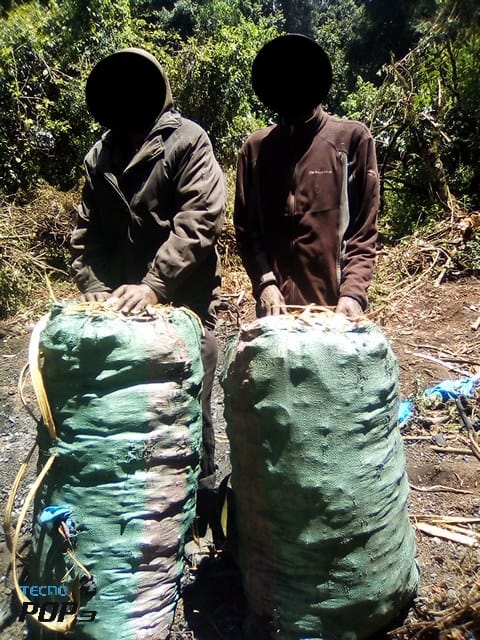
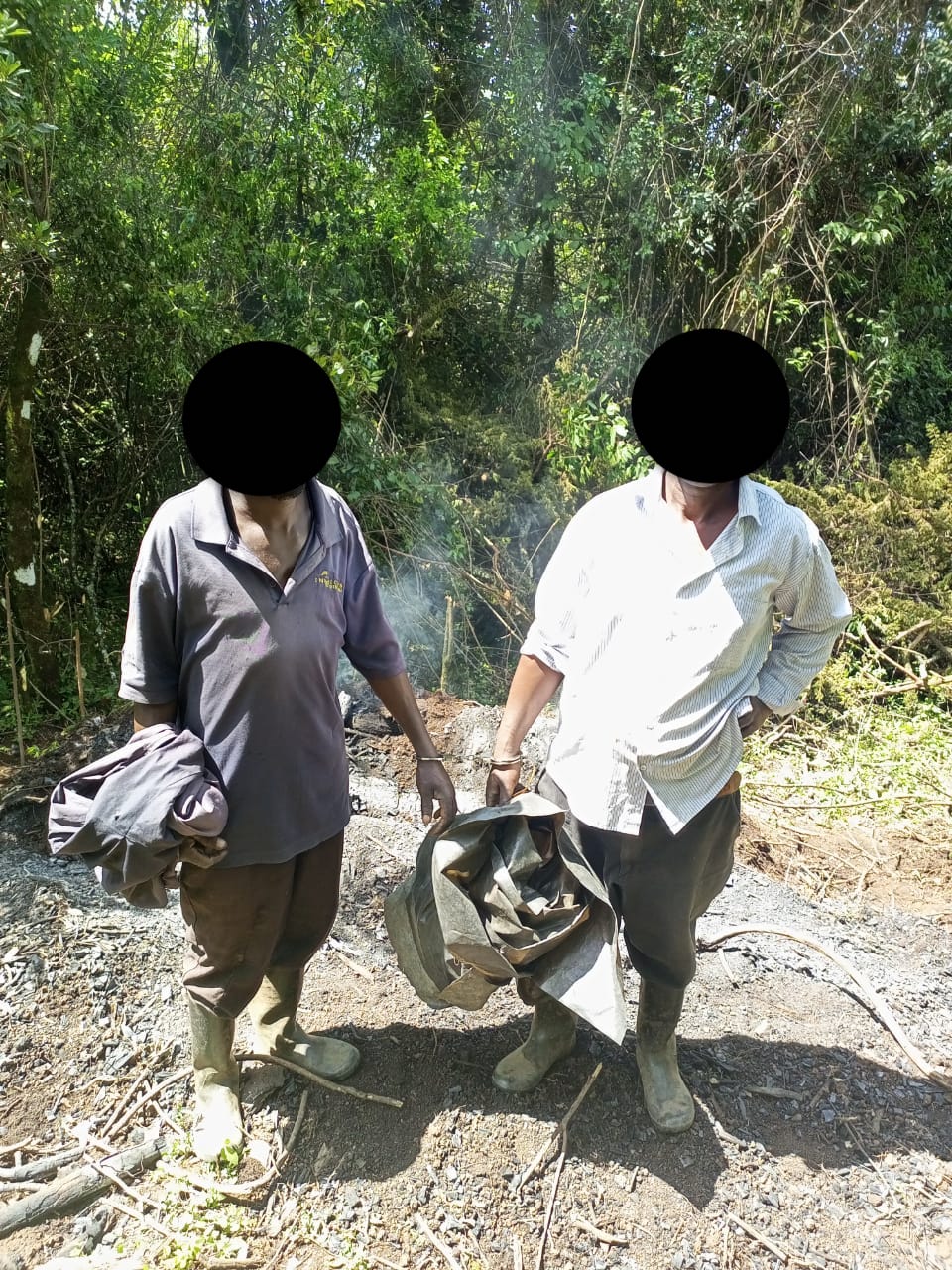
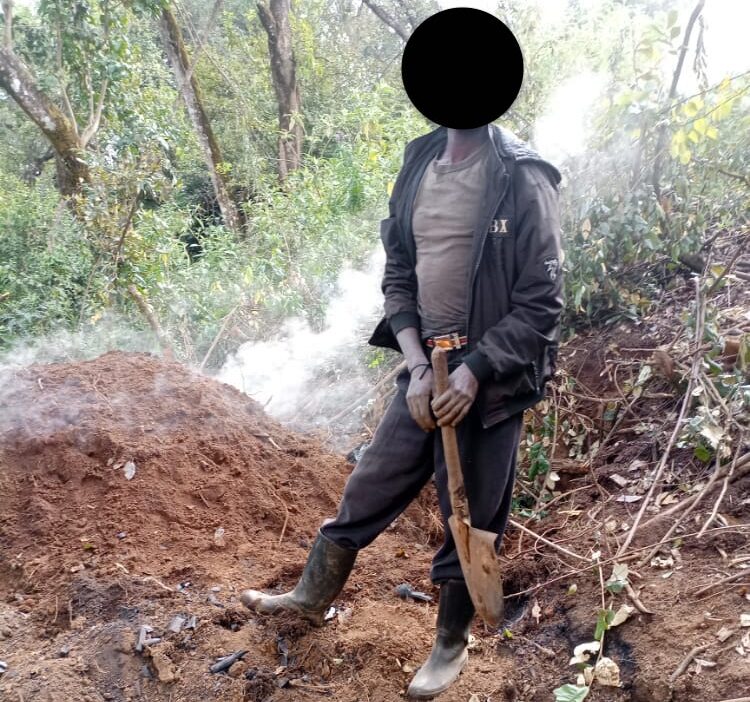
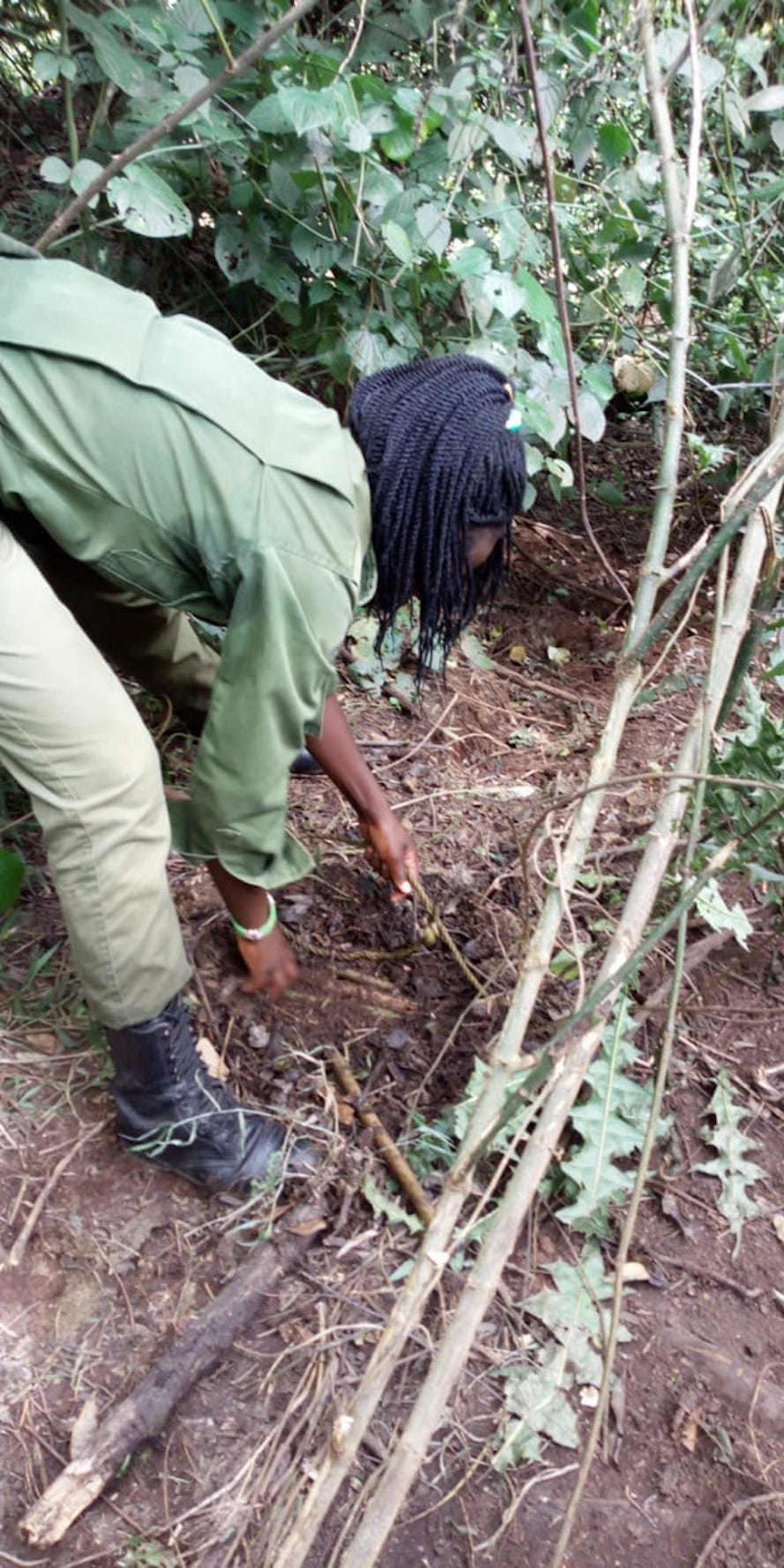
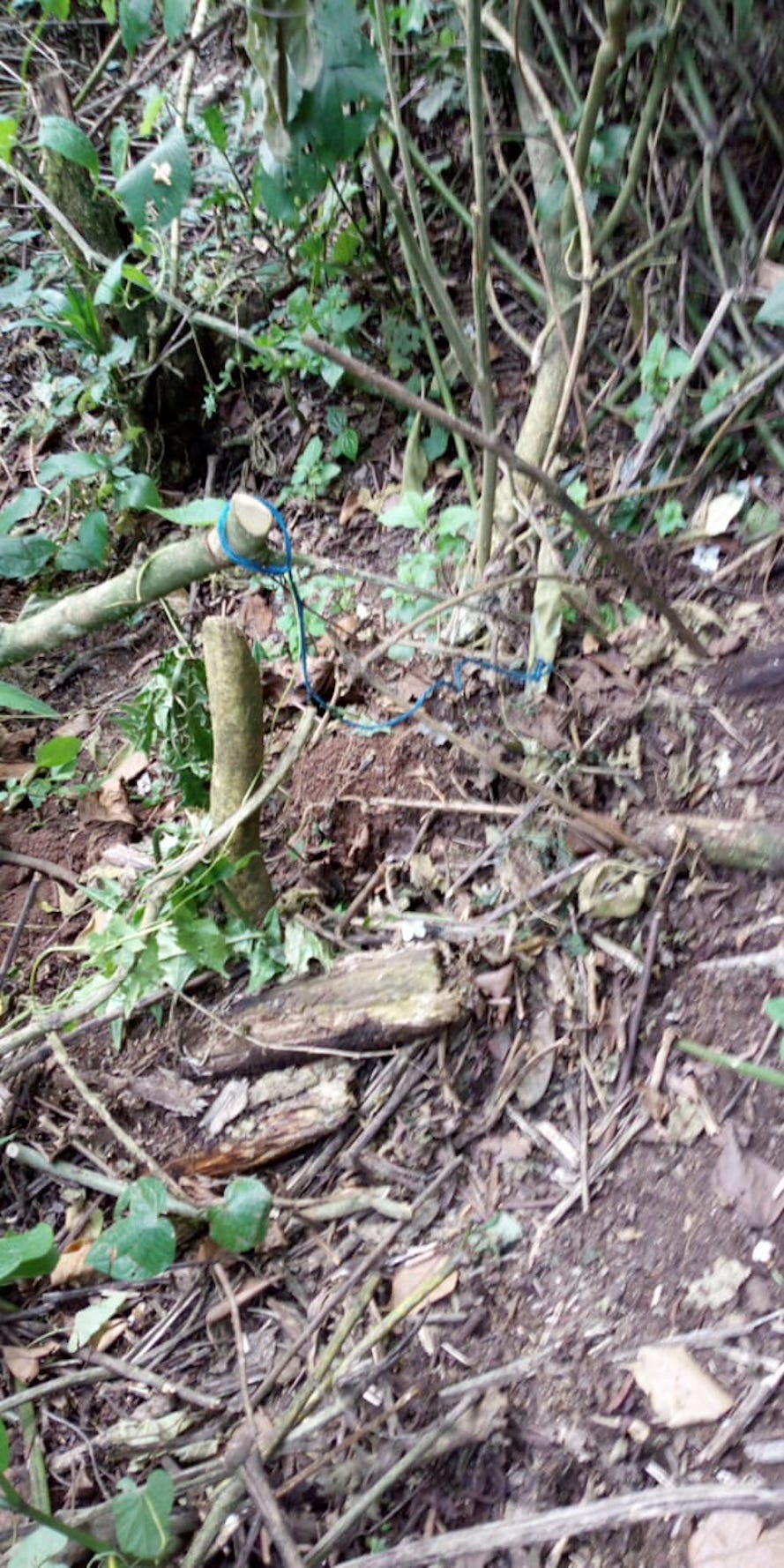
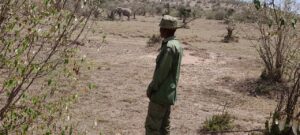 On October 13, the MEP mobile team responded to collared elephant Polaris and his herd of nine bulls inside a community area. MEP’s community rangers responded to push them back into the safety of a nearby conservancy and ensure the community and elephants were protected in the process. On October 25, the MEP mobile team was called in to push a herd of 17 elephants out of community land and back into a protected area. They responded and used their vehicle and firecrackers, which never actually touch the elephants, to push the herd back into Ol Kinyei Conservancy.
On October 13, the MEP mobile team responded to collared elephant Polaris and his herd of nine bulls inside a community area. MEP’s community rangers responded to push them back into the safety of a nearby conservancy and ensure the community and elephants were protected in the process. On October 25, the MEP mobile team was called in to push a herd of 17 elephants out of community land and back into a protected area. They responded and used their vehicle and firecrackers, which never actually touch the elephants, to push the herd back into Ol Kinyei Conservancy.
 MEP rangers also responded to other wildlife in October. The MEP “Foxtrot” ranger team received a call from the community that a giraffe was stuck inside a maze of fences within a settlement area, and it needed assistance to be removed. The rangers responded to move the giraffe back to the safety of the conservancy.
MEP rangers also responded to other wildlife in October. The MEP “Foxtrot” ranger team received a call from the community that a giraffe was stuck inside a maze of fences within a settlement area, and it needed assistance to be removed. The rangers responded to move the giraffe back to the safety of the conservancy.
Overall, in October, MEP rangers alongside government partners arrested 19 habitat destruction suspects, destroyed 42 kilns and 34 sacks of charcoal and recovered 408 posts and 16 pieces of timber. They removed 19 snares and mitigated 23 conflict incidents. In October, MEP rangers covered a distance of 1,433 km on foot and 14,021 km by car in the GME. MEP rangers covered a distance of 92 km on foot in Marmanet.
On the 18th, we reacted with the helicopter to an extremely severe conflict incident involving three herds of elephants. On the night of the 17th, they crossed the Mara River into farms near Emitik in Bomet County and got stranded there. They were all young bulls and probably got confused when trying to get back to Enerau Conservancy. The herds then got split up and at dawn when people started waking up, they surrounded the elephants and started attacking them. One of the stranded herds in turn attacked the crowd killing one man and injuring another badly. It was impossible to get rangers to that side of the river, so we deployed the helicopter to ferry rangers to the area and herd the elephants to safety. That day the helicopter flew 7.8 hours. Our condolences go out to the families who lost one of their loved ones.
“At 6:30 Narok SW informed me there was a conflict situation brewing across the Mara River in Bomet County. The report was that six elephants were stranded in farms and the community was gathering at the site. At 7:45 I arrived at the site with the helicopter, and we found the bull ele-phants in serious conflict situations. They had been injured by arrows and the community was sur-rounding them. One elephant had moved across the river but the remaining four were split up and in a life-threatening situation. The community was quite aggressive and already baying the ele-phants and shooting arrows at them. At this point I started ferrying in service members from Lemek and Rhino Sanctuary to each elephant location for increased security. We managed to push one bull back across the river but the other four would not move. At the same time, we called in KWS Vet Dr. Njoroge from the SWT Mara Mobile Vet Unit to treat the injuries. We successfully treated two of the worst by removing arrow heads and cleaning spear wounds.”
CEO Marc Goss to KWS Leadership
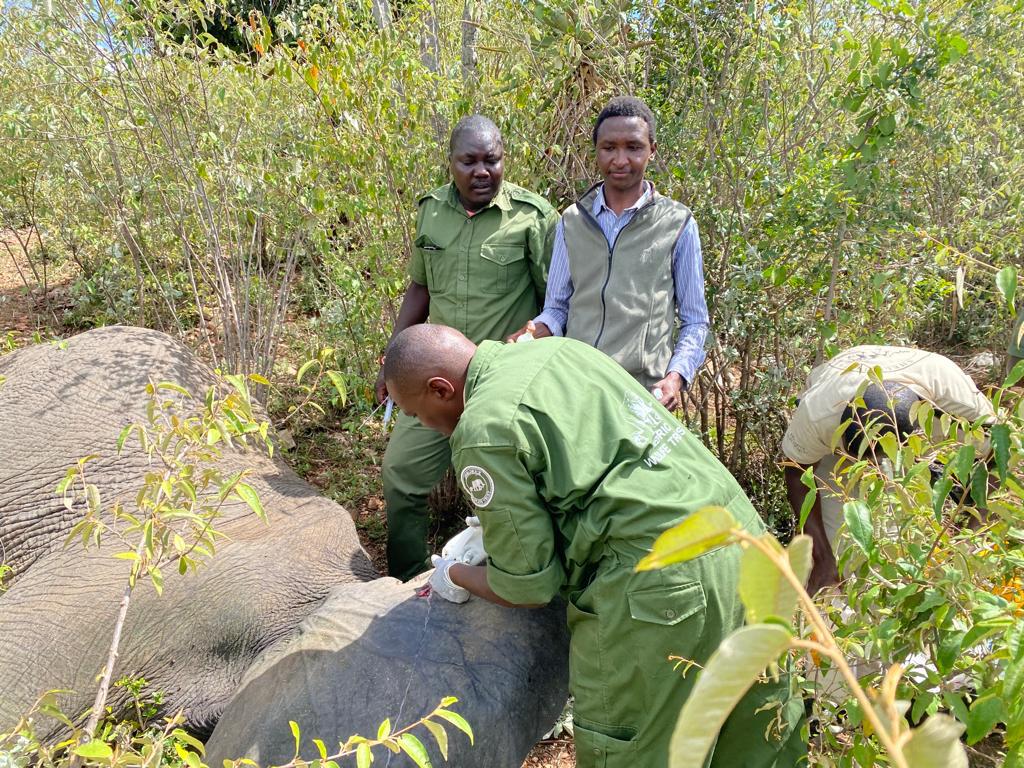


 In October, we partnered again with KWS and SWT for two additional elephant treatments. MEP received reports from Olarro Conservancy rangers that an injured bull elephant was in need of veterinary treatment. We partnered with KWS Vet Dr. Michael Njoroge from the SWT Vet Unit and immediately responded to treat him. He had a spear wound on his side most likely a result of conflict with nearby communities. Once treated, the bull was back on his feet and will be closely monitored by rangers to ensure he’s healing. Then, on October 17, MEP’s mobile ranger team partnered with Dr. Njoroge again to treat a bull elephant with multiple conflict-related injuries. He had two spear wounds, five arrow wounds and it was a team effort to intervene in time. The treatment was successful, and the next day the mobile team monitored him in Ol Kinyei Conservancy and noted that he’s recovering well.
In October, we partnered again with KWS and SWT for two additional elephant treatments. MEP received reports from Olarro Conservancy rangers that an injured bull elephant was in need of veterinary treatment. We partnered with KWS Vet Dr. Michael Njoroge from the SWT Vet Unit and immediately responded to treat him. He had a spear wound on his side most likely a result of conflict with nearby communities. Once treated, the bull was back on his feet and will be closely monitored by rangers to ensure he’s healing. Then, on October 17, MEP’s mobile ranger team partnered with Dr. Njoroge again to treat a bull elephant with multiple conflict-related injuries. He had two spear wounds, five arrow wounds and it was a team effort to intervene in time. The treatment was successful, and the next day the mobile team monitored him in Ol Kinyei Conservancy and noted that he’s recovering well.
Kiambi was re-collared on October 19 by KWS, the Wildlife Research and Training Institute (WRTI) and MEP. He is a large bull elephant in his late 30s who was originally collared by KWS, World Wildlife Fund and MEP in 2016 to track his movements in an area with increased infrastructure development to react to mitigate conflict and monitor his range over time. Kiambi is an interesting elephant to track because he has very distinct wet and dry season movements and spends over 30% of his time in unprotected areas. The MEP mobile team alongside CEO Marc Goss and Director of Research and Conservation Dr. Jake Wall partnered with KWS Vet Dr. Michael Njoroge for the collaring operation, and while Kiambi was asleep, a couple of old wounds were re-treated by the vet. KWS, WRTI and MEP will continue to closely monitor his movements, especially in unprotected areas, to rapidly respond if conflict arises.
The MEP Research Department had many guests in October to collaborate on our various research and conservation technology projects. We hosted George Wittemyer and Nathan Hahn from Colorado State University. They worked with me on Ecoscope, our long-term monitoring program and had a chance to get into the field, which included joining for the re-collaring operation for Kiambi. The Giraffe Conservation Foundation was on MEP’s campus staying at the research camp as they were undertaking work in the Mara. We also welcomed Jared Stabach, a research ecologist at the Smithsonian Conservation Biology Institute’s Conservation Ecology Center and frequent collaborator with MEP. We discussed the continued wildebeest monitoring project. MEP’s Director of Research and Conservation Dr. Jake Wall had the opportunity to visit the Grumeti Fund in Tanzania in October to join others for a conservation technology workshop focusing on conflict, camera traps, wildlife tracking and protected area management. I was able to visit the new RISE Facility, a collaboration between the Grumeti Fund and MASS that is a research facility in the Western Serengeti Corridor. It was extremely impressive.
At the MEP Co-Existence Farm, zero rainfall was received throughout the month of October and the dry conditions in the surrounding areas meant wildlife, especially hippos, visited the farm in search of food. We noted a big change in their eating patterns as each day they cleared five plots of each crop that they’d never predated previously. This included coriander, peas, tomatoes, sunflower, canola, gooseberry and cabbage and interestingly all the crops that are usually made into essential oil like lavender, rosemary, geranium, citriodora and tea tree were never touched.
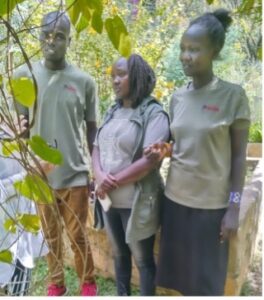 We are excited to announce the launch of a new project, the MEP Medicinal Garden, which will focus on growing traditional medicinal plants, there are over 30 trees and herbs that are used for medicinal purposes, to test the predation level. Medicinal plants are not only useful, but previous research has shown that they have a low predation level. The medicinal garden will help the community to preserve the historical knowledge about medicinal plants, contribute to biodiversity and help us look into a value addition potential. We had the pleasure of visiting a physic garden in Nairobi managed by Debora Coulson that has over 150 different plants used to heal different parts of the body. We learned so much about launching our own medicinal farm.
We are excited to announce the launch of a new project, the MEP Medicinal Garden, which will focus on growing traditional medicinal plants, there are over 30 trees and herbs that are used for medicinal purposes, to test the predation level. Medicinal plants are not only useful, but previous research has shown that they have a low predation level. The medicinal garden will help the community to preserve the historical knowledge about medicinal plants, contribute to biodiversity and help us look into a value addition potential. We had the pleasure of visiting a physic garden in Nairobi managed by Debora Coulson that has over 150 different plants used to heal different parts of the body. We learned so much about launching our own medicinal farm.
Finally, we are excited to welcome Eric Gitonga to MEP. Eric started in October and is a software developer working on advancing MEP’s bespoke conservation technologies.
The final month for The Greatest Maasai Mara photographer of the year competition came to a close and MEP was supported with 36 entries. Thank you to all of the photographers who supported MEP in 2022. We can’t wait to hear who will be crowned The Greatest Maasai Mara photographer of 2022.
An October entry by Emanuel Ketikai Saruni.

